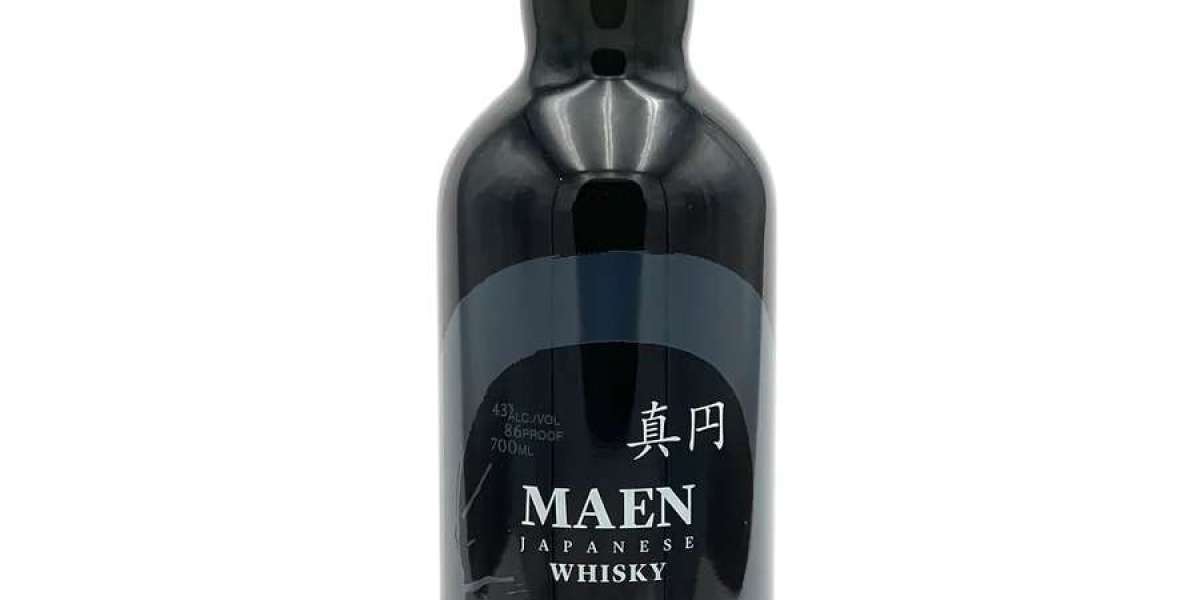Globally renowned for its delicate balance, smooth finish, and refined craftsmanship, japanese whiskey has become one of the most sought-after spirits in the premium whiskey market. While its roots are heavily inspired by Scottish tradition, Japanese distilleries have developed a distinctive approach over time—one that reflects the culture’s attention to detail, harmony, and precision. But what exactly makes Japanese whiskey so unique?
This article explores the foundational elements that define Japanese whiskey, from its ingredients and production process to flavor characteristics and aging techniques.
Origins of Japanese Whiskey
Japanese whiskey began its journey in the early 20th century when Masataka Taketsuru, a Japanese chemist, studied the art of distillation in Scotland. He later applied his knowledge at home, leading to the foundation of major distilleries such as Suntory and Nikka.
Though it initially mirrored Scotch whiskey, Japanese whiskey quickly evolved. It began incorporating local nuances, like native oak aging and mountain spring water, resulting in a spirit that carries its own identity, despite its Scottish origins.
Key Ingredients and Water Sources
One of the signature qualities of Japanese whiskey lies in its pure ingredients. Distilleries often use soft, mineral-rich water sourced from pristine mountain regions. This water imparts a delicate smoothness to the final product.
The grain bill may include malted barley, corn, or rice, but it's the precise selection of yeast and barley types that influence fermentation and flavor development. Many distilleries import their malted barley from Scotland but process it using techniques unique to Japan.
Distillation and Maturation
Japanese whiskey is typically double distilled using pot stills, although some distilleries experiment with continuous stills for grain whiskey. The distillation method is meticulous, with an emphasis on producing cleaner cuts and a more refined base spirit.
Where Japanese whiskey diverges sharply from its Western counterparts is in the aging process. While American and Scotch whiskies often rely on American oak or sherry casks, Japanese producers frequently use:
- Mizunara Oak Barrels – Native to Japan, Mizunara oak imparts exotic notes like sandalwood, coconut, and incense.
- Sherry and Wine Casks – These provide rich, fruity undertones and darker color.
- Ex-bourbon barrels – Used for layering vanilla and honeyed sweetness.
Aging typically occurs in fluctuating climates, particularly in regions with cold winters and humid summers, which speeds up the interaction between spirit and wood.
Flavor Profile and Tasting Notes
Japanese whiskey is celebrated for its subtle complexity rather than bold flavors. It often features:
- Floral and fruity top notes
- Soft oak and vanilla mid-palate tones
- A dry, sometimes smoky finish
Unlike bolder bourbons or peaty Scotches, Japanese whiskey tends to emphasize harmony and elegance, making it a popular choice for both new drinkers and experienced connoisseurs.
Attention to Blending
In Japan, blending is considered an art form. Even single malts are carefully layered to achieve balance. Most large distilleries operate almost like multiple distilleries under one roof, producing a wide range of distillates for internal blending. This approach allows them to craft highly nuanced and consistent products without relying on sourcing from external producers.
Cultural Influence on Craftsmanship
Japanese culture values precision, patience, and quality, which is evident in how whiskey is produced. From hand-coopered barrels to slow fermentation practices, each step is guided by a philosophy that favors craftsmanship over speed or mass production.
Even the packaging reflects the aesthetic ideals of Japanese design, often featuring minimalistic labels, elegant fonts, and uniquely shaped bottles.
Comparison to Global Favorites
As consumers search for variety beyond standard Scotch or Irish whiskey, japanese whiskey often sits alongside other premium spirits like rye and American bourbon. It’s not unusual for collectors of high-end spirits to explore both japanese whiskey and bourbon whiskey online, appreciating the contrast between the smooth, clean elegance of the former and the sweet, robust body of the latter.
This crossover interest has only intensified demand for Japanese labels globally.
Final Thoughts
What sets japanese whiskey apart is not just its flavor, but the cultural ethos behind its creation. It embodies a fusion of tradition and innovation, built on respect for ingredients, environment, and time. Whether enjoyed neat, on the rocks, or in a highball, Japanese whiskey offers a refined experience that reflects its meticulous origins.
As the global appreciation for whiskey continues to grow, Japanese distilleries stand at the forefront—not just as imitators of Scotch, but as leaders of a style that’s entirely their own.



